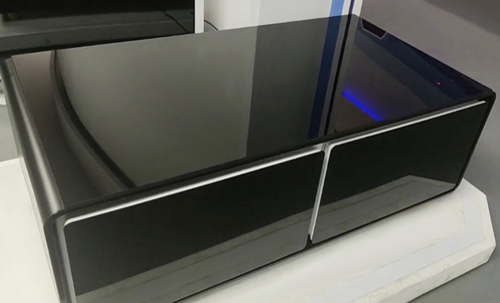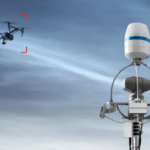In the restaurant business, innovation has always been about staying ahead of the competition, improving the customer experience, and increasing operational efficiency. Incorporating bright tables, which use cutting-edge technology to transform the eating experience, is one of the newest developments in this field. These interactive, bright tables entertain patrons and simplify several restaurant operations-related tasks. Intelligent tables are changing how restaurant tables function in the modern day by improving customer engagement, personalizing suggestions, and enabling food and drink orders.
EVOLUTION OF SMART TABLES
The fast breakthroughs in technology, especially in the domains of augmented reality (AR), Internet of Things (IoT), and artificial intelligence (AI), have given rise to the notion of intelligent tables. Restaurant owners and software developers have worked together to build creative solutions that address the changing demands of companies and customers. A good illustration of this cooperative effort is bright tables, which combine hardware and software elements to provide a smooth dining experience.
FEATURES AND FUNCTIONALITY
Numerous elements that are intended to improve customer happiness and operational efficiency are included with intelligent tables. Digital menu integration is one of the main features; it lets patrons peruse the menu, see pictures and descriptions of the items, and order from the table. This expedites the ordering procedure and gets rid of the necessity for traditional paper menus.
Additionally, clever tables can provide individualized tips primarily based on dietary restrictions and purchaser possibilities. The generation may additionally advocate suitable foods and beverages based on comments and ancient orders, enhancing the complete eating revel. Customers are extremely joyful through this personalized method, encouraging them to try new flavors and matters from the menu.
Interactive leisure is just any other present-day feature of shrewd tables. While anticipating their food, customers may bypass the time by playing games, quizzes, or seeing academic materials, keeping them occupied and thoroughly playing their meal. In addition to adding price to the customer’s visit, this interactive function lengthens their stay, reinforcing revenue for the eatery.
Additionally, clean communique among shoppers and eating place employees may be facilitated through wise tables. Through the desk interface, clients may additionally ask for assistance, refills, or feedback immediately, cutting down on wait times and elevating the usual service. This actual-time verbal exchange raises basic pleasure levels by ensuring that patron necessities are handled fast.
BENEFITS FOR CUSTOMERS
Customers gain from incorporating intelligent tables in several ways, enhancing and simplifying their eating experience. First, consumers can make educated decisions based on their dietary preferences and requirements thanks to the digital menu’s comprehensive information about each meal, including ingredients, allergies, and nutritional data.
Second, by offering foods that correspond with the client’s taste preferences and past orders, personalized suggestions improve the consumer experience. Customers are more likely to return to the restaurant in the future because of the perception of value and exclusivity created by this degree of personalization.
Furthermore, especially for families and parties, the interactive entertainment capabilities on bright tables bring a lively and entertaining aspect to the eating experience. While waiting for their food, guests may pass the time with games, puzzles, and trivia quizzes, which helps to create a fun and laid-back ambiance.
Furthermore, the ease of placing orders straight from the table minimizes communication problems and wait times. Consumers may easily divide bills, request changes, and customize their orders, which improves ease and overall happiness.
CONCLUSION
The restaurant sector is transforming because innovative technology integration, like bright tables, improves customer experiences, increases operational efficiency, and spurs corporate development. The advantages of customer happiness, data-driven insights, and operational optimization surpass the initial expenditure, notwithstanding the difficulties in integrating and adopting these technologies.








